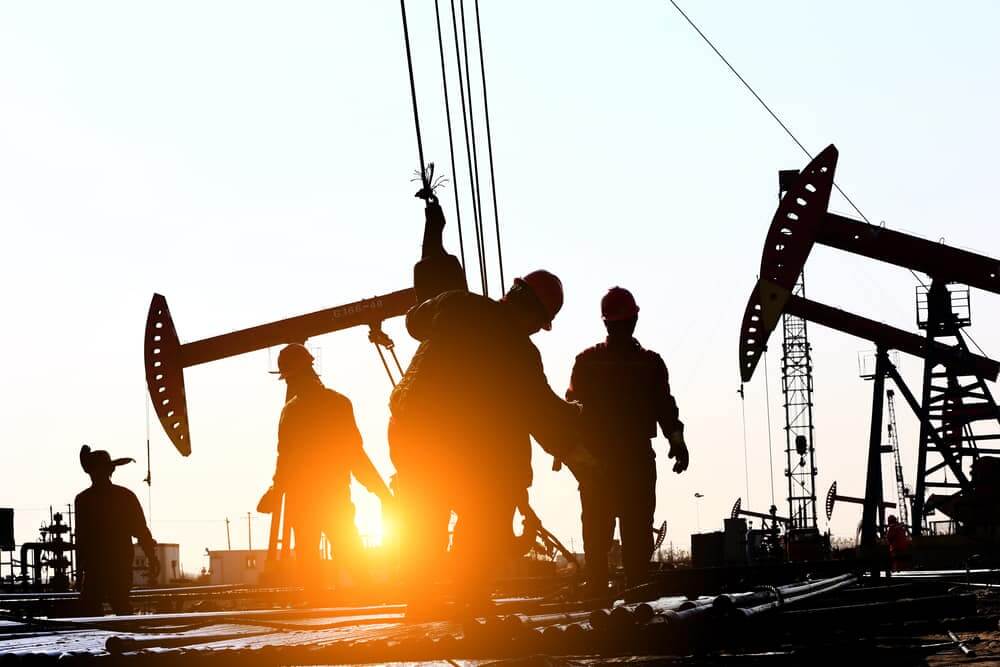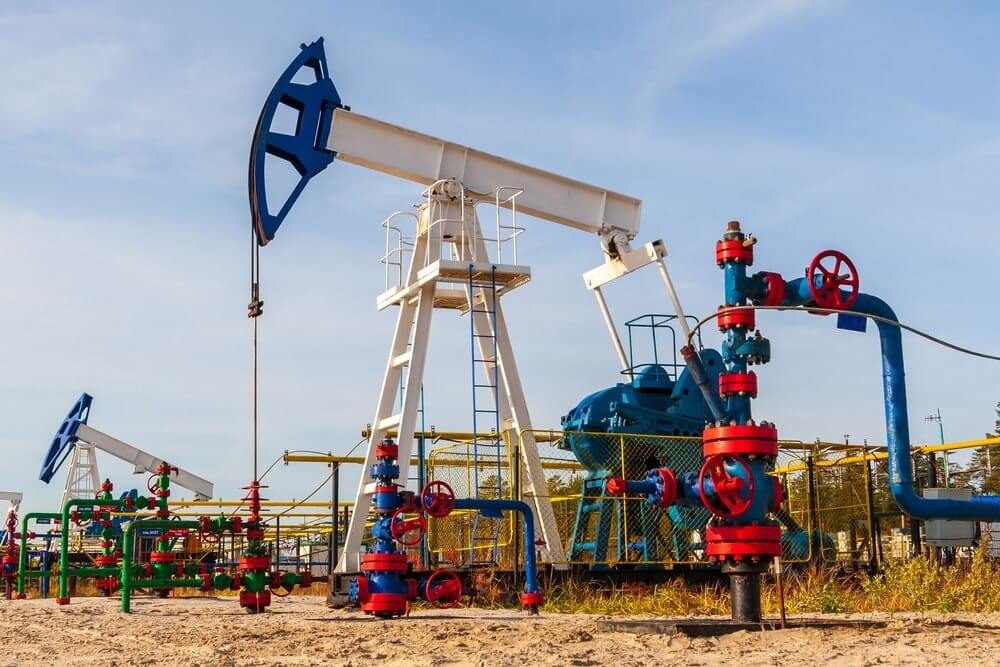
Shell boosts oil and gas asset value
Shell announced on Thursday that it would reverse up to $4.5 billion in writedowns on oil and gas assets after raising its energy price forecast in response to Russia’s invasion of Ukraine.
Shell stated in an update ahead of its second-quarter results on July 28 that its refining profits nearly tripled during the period, helped by recovering worldwide demand from the pandemic, a lack of refining capacity, and lower Russian fuel exports.
Earnings from the trading of crude oil and processed products were forecast to be good in the quarter, although lower than in the first quarter of 2022.
Shell’s indicative refining profit increased to $28.04 per barrel in the second quarter, up from $10.23 in the first quarter and $4.17 a year earlier. Oil and gas prices remained high in the third quarter, with Brent crude averaging over $114 per barrel. Shell raised its projected Brent price to $80 per barrel in 2023, up from $60 in its 2021 annual report.
The Brent price was raised to $70 per barrel for 2024 and 2025, up from $60. The long-term price was $65, up from $63. The enhancement will result in post-tax impairment reversals ranging from $3.5 to $4.5 billion. During the second quarter, Shell stated it completed its $8.5 billion share repurchase program.
In May, the business stated that it expects to raise shareholder returns in the form of dividends and share buybacks in the second quarter “in excess” of its current target of 30 per cent of cash from operations.
As a result of heavy field maintenance, Shell’s oil and gas production was forecast to be up to 2.93 million barrels of oil equivalent per day in the third quarter, its lowest in at least seven years.
Saudi crude oil price hike set to collide
Consider the following to demonstrate how bizarre global crude oil markets are right now.
On July 5, Saudi Arabia hiked the selling price of its crude oil for Asia to just below a record high, citing strong demand and excellent refining margins.
Benchmark Brent futures have fallen 11.3 per cent in the two days since the world’s largest oil exporter raised its official selling price (OSP), ostensibly due to weak demand and recession fears. It may appear that reconciling these two developments is impossible, but in some respects, they reflect the gap between the reality of physical oil trading and the perception of the much larger paper market.
The decision by Saudi Aramco (2222. SE), the kingdom’s state-controlled oil company, to raise its OSPs for August cargoes makes sense when viewed through the lens of events in Asia’s physical markets for crude and processed products. The OSP for Aramco’s benchmark Arab Light crude for Asian customers for August-loading cargoes was raised by $2.80 per barrel from July’s level, resulting in a premium of $9.30 per barrel over regional Oman/Dubai pricing.
This was just shy of the record $9.35 per barrel premium established in May and indicates the Saudis’ expectation of strong demand for crude from consumers in Asia, the largest importing area, as well as extraordinarily high refining profits.
Certainly, the paper market is beginning to price a global recession as a greater risk than a loss of Russian supplies in the aftermath of Moscow’s Feb. 24 invasion of Ukraine and following Western-led sanctions on Russia’s energy exports.
Brent crude fell below $100 per barrel on Wednesday and continued to fall in early Asian trade on Thursday, falling as low as $99.35, the lowest intraday price since April 11. A lower Brent price will encourage Asian refiners that can switch crude grades to buy more oil from suppliers who price against the global market, such as Angola and Nigeria in West Africa.



